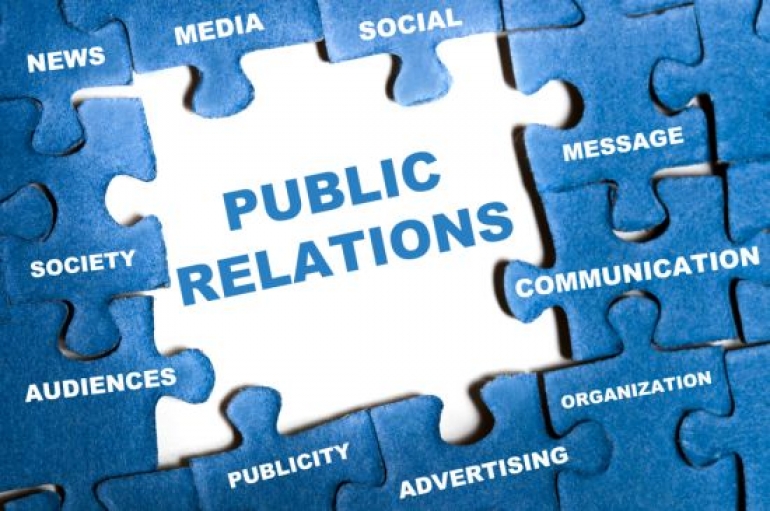How does one manage the media – i.e. from a PR sense? If you speak about this subject to any mainstream media journalist, he is probably not going to like the word ‘manage’, as managing might also connote control.But from a PR point of view, managing the message in the media is the most important part of any self respecting public relations person. Last week this column spoke about yellow journalism and corruption. One of the main accused in this, is allegedly PR people.
There may be some PR people who try to position themselves as people who could plant untruthful stories in the media in order to get unfair advantage for their clients. I am not saying there are no bad eggs in this trade, but then, that is true for any industry. Today’s column however, is not about operating in the twilight zone; but actually looking at managing the message in the media. Especially, when the message requires a certain structured approach in the dissemination of information to the general public through this giant multi celled organism, which we call the media. Considering the fact that the media itself is divided into several mediums such as radio, TV, newspapers, magazines, social media and the like, message management in each one will have its own special nuances. This being the case, sometimes even with careful planning, our PR gets diluted and that is probably because our overall plan is flawed.
Most often PR companies get drawn into this trap where they equate the PR success of a project as to the number of times a story gets published in the newspapers/magazines or carried on different electronic media channels. Though this method itself can be a way in which to get a message across, measuring the success in terms of penetration amongst the targeted audience is near impossible.
In more sophisticated markets, various complex measurement tools are used, such as surveys to gauge the success of publicity in a public relations campaigns. However, here in Sri Lanka efficacy levels cannot be measured in the same way, and we have to depend more on qualitative perception reports. Therefore while nothing much can be done at one end i.e. output, there is certainly a lot than can be done on the other; and that is from the planning aspect of a PR campaign. This requires some thought on how the message would be managed, therefore what strategies, tactics are employed and what are the aims, goals and objectives of the overall PR plan. In fact a PR plan that contains all this, is something clients need to request from their PR agent.
While aims, goals and objectives tend to be thrown around as if they are interchangeable, there are subtle differences in all of these, which are vital to the efficacy of the PR campaign. I was recently reading a book titled ‘Evaluating public relations’ written by Tom Watson and Paul Noble, which says that ‘goals are generalised ends – ends that provide a framework for decision making and behaviour but that are too broad to help much in making day to day decisions. Whereas objectives on the other hand are ends in view – expected solutions to day-to-day problems that we can use to deal with that problem and to evaluate whether we have sorted it.’
“An example given to illustrate the difference is that the goal of a PR department might be to ensure public acceptance of an organisation but the practitioners working in the department will need more specific objectives in order to enable them to plan and evaluate everyday activities. These might be along the lines of getting a certain percentage of an important public to understand the organisation’s stance on a given issue.”
Therefore, in a PR plan there would be goals, objectives, strategy and tactics. Goals would mean the direction in which the PR campaign would need to move, objectives are for how we will know we have arrived, strategy is the overall approach and tactics is the action to be taken.
Therefore, if the end measurement of a successful PR campaign is the number of articles published in the newspapers or the number of news clips aired on electronic media that has to be spelt out in the goals; which means – that would be what the client expects of the PR plan. However, if that is not the goal, then the measurement of an effective PR plan holds much more than getting a stipulated number of hits across the media. Indeed, food for thought.
(The writer, a PR consultant and head of Media360, was previously a mainstream journalist in print and electronic media.)
Source : Daily FT (http://www.ft.lk/columns/managing-the-message/4-46753)




